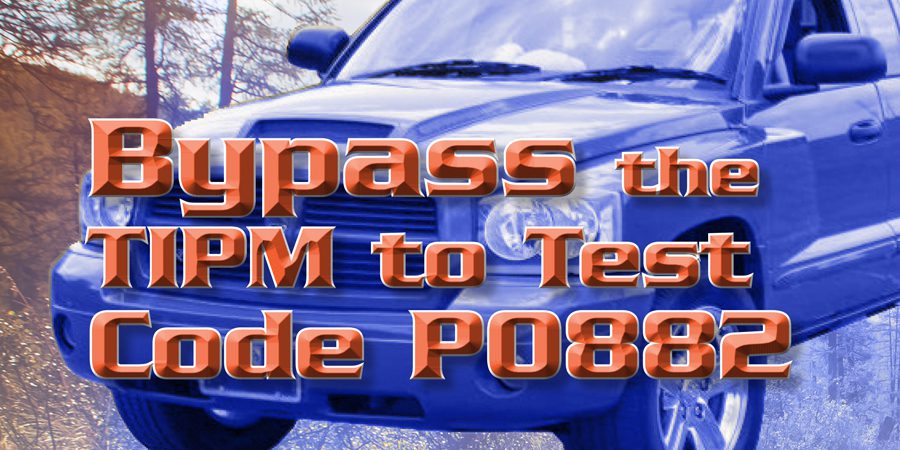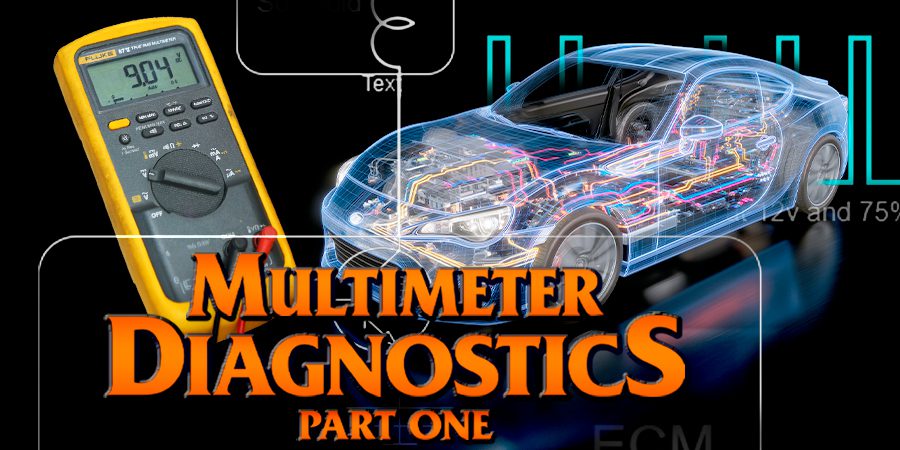In this article, we’ll continue to build on the fuel trim basics we covered in the May 2016 issue. We’ll also be referring to the information we discussed late last year on engine breathing or volumetric efficiency.
Our goal this month is to use knowledge and scan data to quickly narrow down the potential causes of fuel trim related codes. You can often perform this process-of-elimination style of diagnosis before you even open the hood and start poking around.
The key to narrowing down potential causes of lean or rich codes is relatively easy. The technique involves using a scan tool to observe fuel trim numbers, measuring volumetric efficiency, and changing engine operating conditions. You’ll check fuel trim values because they indicate how much fuel the PCM is adding or subtracting, based on the oxygen sensor’ s input.
Volumetric efficiency lets you know whether the engine can breathe. The final piece of the puzzle changing engine operating conditions lets you see how the system reacts to changes in RPM and engine load.
When diagnosing fuel trim related codes, always:
- Record DTC’s and freeze frame data.
- Operate the vehicle at idle in park and record the fuel trim numbers.
- Elevate engine RPM to around 2000 to 25o0 RPM in park and record the fuel trim numbers.
- D rive the vehicle and make a scan tool recording to calculate volumetric efficiency, and record fuel trim numbers while the engine is under some load.
With these four steps, you should be able to gather enough information to narrow down the vehicle’ s potential fault.
Vacuum Leaks
Vacuum leaks are common causes of P0171 and P0174 lean exhaust codes. The reason the PCM sets these lean codes is due to an elevated fuel trim correction that surpasses a programmed limit. This threshold varies by application, but if the fuel trim numbers go high enough, these codes will set.
This threshold varies by application, but if the fuel trim numbers go high enough, these codes will set.
A characteristic of a vacuum leak is that it affects fuel trim correction at idle, but as RPM and engine load increase, the fuel trim corrections approach normal. The graph (figure 1) shows how fuel trim corrections behave when a vacuum leak is present.
When the throttle plate is closed, the amount of air sneaking in through the vacuum leak makes up a considerable percentage of the total air entering the engine. The computer must richen the mixture, forcing fuel trim positive to compensate.
As the throttle opens, engine RPM increases; there’s more air entering through the open throttle plate than with the throttle closed. So, the air entering through the vacuum leak becomes a much smaller percentage of the air entering the engine. As a result, fuel trim corrections can move all the way back to normal during open throttle operation.
In addition, vacuum leaks don’t affect the engine’s ability to breathe, so an engine with a vacuum leak would have normal volumetric efficiency values.
Low Fuel Volume
Low fuel volume may or may not set lean codes, but it could be accompanied by low power. Low fuel volume can be caused by a variety of faults, but some of the most common are failing fuel pumps, restricted fuel filters, or a failing fuel pump driver.
Much like a vacuum leak, fuel trim corrections will vary with engine conditions. In the case of a fuel delivery issue, the chart is reversed (figure 2).
Total fuel trim correction at lower RPM will be positive; how much depends on how severe the failure. But as RPM and engine load increase, so does fuel demand. The increased fuel demand requires the PCM to provide more correction, and total fuel trim numbers increase with RPM.
Even though fuel trim for a fuel delivery issue behaves in the opposite direction of a vacuum leak, there’s something they have in common: volumetric efficiency. In both vacuum leaks or fuel delivery issues, volumetric efficiency isn’t affected because the engine can still inhale air and exhale exhaust.
Air Metering Issue
A couple examples of air metering issues can be a faulty mass airflow sensor or faults with the air tubes between the mass airflow sensor and the throttle plate.
The fuel trim behavior chart for an air metering issue looks very similar to a fuel volume issue (figure 3), but there are differences.
First, an air metering issue can sometimes cause slightly negative fuel trim numbers at lower RPM. What remains the same is that fuel trim numbers increase as RPM increases.
Another difference is that a volumetric efficiency equation on this vehicle would yield a poor result. This poor volumetric efficiency value isn’t because the engine can’t breathe, but rather the result of inaccurate mass airflow measurement.
This is a prime example of why you should be doing volumetric efficiency calculations for faults like these. If you were to skip that step, this air metering issue could be easily confused with a vacuum leak.
Wrong Fuel or Incorrect Flow Rate
Yet another issue that can be spotted using fuel trim numbers is too much ethanol in a non-flex fuel vehicle. In this case, the fuel trim corrections are pretty even across the board, but are skewed equally positive under all conditions (figure 4).
The reason it’s skewed equally is because the incorrect fuel actually has a different stoichiometric air-to-fuel ratio, so the engine requires the same amount of correction. How high the fuel trim numbers skew depends on the percentage of ethanol is in the fuel. In addition, ethanol or incorrect fuel will have no effect on the engine’s ability to breathe.
Another fault that can present itself in the same manner would be injectors with an incorrect flow rate. This could be because the injectors are dirty and slightly plugged up or because the engine has the wrong injectors. Just as the ethanol example behaved, the engine would require the same percentage of correction under all conditions.
Dirty injectors are becoming a very common condition; usually all that’s necessary to correct the problem is a fuel system cleaning service. Once the injectors have been cleaned, fuel delivery returns to normal levels.
While the wrong injectors are less common than dirty injectors, it can happen: A few examples might include a used engine that came from a vehicle with different injector flow rates, or the wrong set of injectors due to a mix-up between an engine that was available in flex fuel and non-flex fuel versions.
Too Much Fuel
For our last example, we’ll take fuel trim in another direction: A ruptured fuel pressure regulator diaphragm would introduce too much fuel into the engine and total fuel trim numbers would be negative, to lower fuel delivery levels.
Much like the examples already discussed, this fault has its own fuel trim signature that varies with operating conditions (figure 5).
When the engine is running at low RPM and little air is flowing, manifold vacuum will be high. High manifold vacuum on the back side of the ruptured fuel pressure diaphragm pulls relatively large quantities of fuel (in relation to the amount of air that is flowing) into the intake manifold. This will cause the engine to run rich, requiring large negative fuel trim corrections.
When you increase engine RPM, three things happen: airflow greatly increases, manifold vacuum drops, and the amount of fuel leaking through the diaphragm becomes much less significant. This would cause total fuel trim numbers to work their way back to normal ranges as the RPM increases. Again, this fault has no bearing on engine breathing and won’t affect volumetric efficiency.
By thinking about how each fault can affect total fuel trim corrections and volumetric efficiency levels, you can quickly gather information from the data list and make a diagnostic decision to answer the question: “What type of fault should I be testing for?”
Once you’ve made this decision, you can open the hood and test for the condition indicated. By using this technique, you can greatly streamline your diagnosis, increase your efficiency, eliminate extra unnecessary tests, improve your accuracy, solve more problems, and earn more money.















